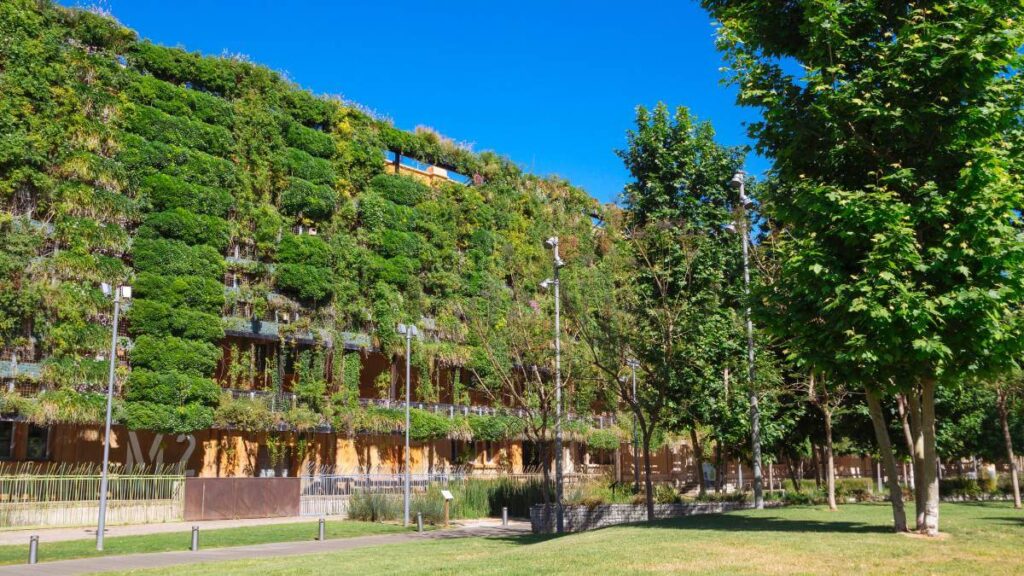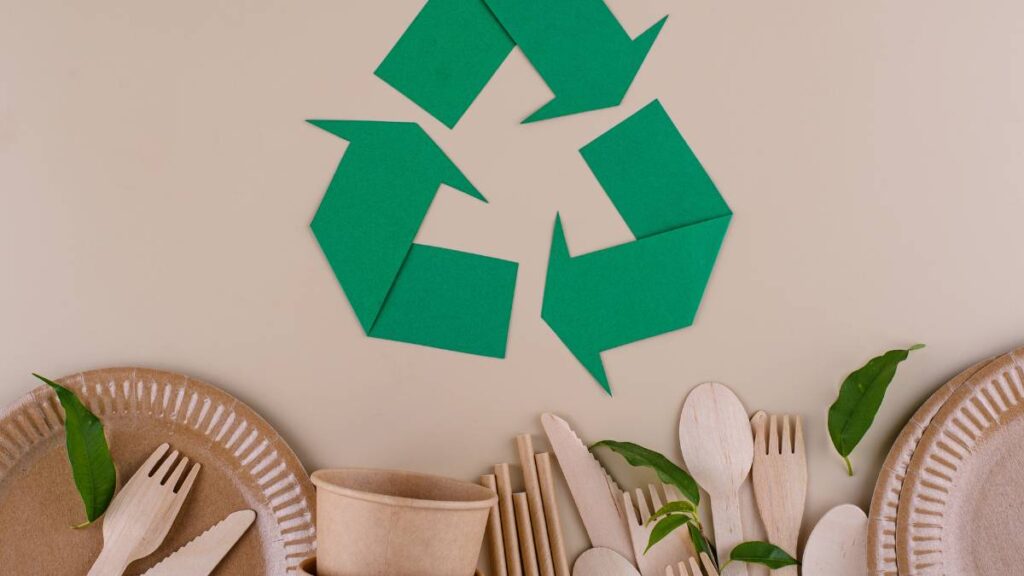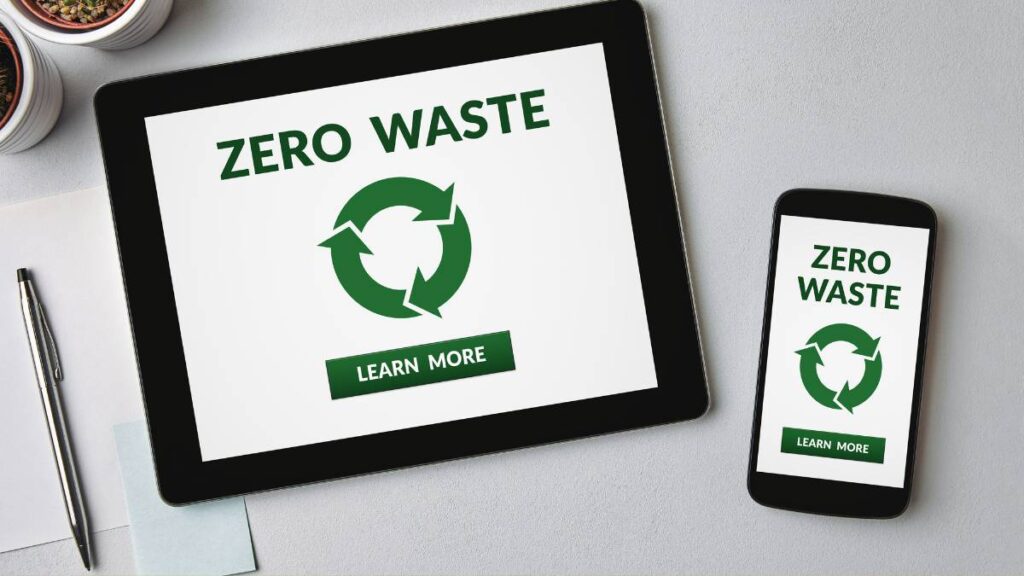Urban sustainability is the concept of creating and maintaining cities that are environmentally, socially, and economically viable, while meeting the needs and aspirations of their current and future inhabitants. Urban sustainability is a challenge, as cities are often associated with high levels of consumption, pollution, congestion, and inequality. However, urban sustainability is also an opportunity, as cities are hubs of innovation, diversity, culture, and governance.
In this article, we will discuss some of the challenges and solutions for sustainable living in urban environments, including community gardens, public transportation, and waste reduction strategies.
Community Gardens
Community gardens are plots of land that are cultivated by a group of people, usually residents of a neighborhood, who grow fruits, vegetables, herbs, flowers, or other plants. Community gardens can provide multiple benefits for urban sustainability, such as:
- Improving food security and nutrition, by increasing the access and availability of fresh and healthy produce, especially for low-income and marginalized communities.
- Enhancing environmental quality and biodiversity, by reducing the urban heat island effect, improving air and soil quality, creating habitats for pollinators and wildlife, and promoting organic and regenerative agriculture.
- Fostering social cohesion and well-being, by creating spaces for recreation, education, and interaction, strengthening community ties and trust, and reducing stress and isolation.
Some examples of successful community gardens in urban settings are:
- The Brooklyn Grange, which is the world’s largest rooftop soil farm, spanning over 5.6 acres across three rooftops in New York City. The farm produces over 80,000 pounds of organic produce per year, which is sold to local restaurants, markets, and community-supported agriculture (CSA) programs. The farm also hosts events, workshops, and educational programs, and provides green jobs and training for urban farmers.
- The Prinzessinnengarten, is a mobile urban garden that was created on a former wasteland in Berlin, Germany. The garden uses recycled materials, such as wooden crates, plastic bottles, and clay pots, to grow a variety of plants, such as herbs, vegetables, fruits, and flowers. The garden also serves as a social and cultural center, where people can participate in gardening, cooking, learning, and volunteering activities.
- The Incredible Edible, is a grassroots movement that started in Todmorden, a small town in England and spread to over 120 towns and cities around the world. The movement aims to transform public spaces, such as parks, sidewalks, and roundabouts, into edible landscapes, where anyone can harvest and enjoy fruits and vegetables. The movement also supports local food production, education, and entrepreneurship, and builds community resilience and solidarity.
Public Transportation
Public transportation is a system of vehicles, such as buses, trains, subways, trams, or bikes, that are shared by the public and provide mobility and accessibility within and between urban areas. Public transportation can offer various advantages for urban sustainability, such as:
- Reducing greenhouse gas emissions and air pollution, by decreasing the reliance on private cars, which are major sources of carbon dioxide, nitrogen oxides, and particulate matter.
- Saving energy and resources, by increasing the efficiency and utilization of transportation modes, infrastructure, and fuel, and by encouraging the development of compact and mixed-use urban forms.
- Improving health and safety, by lowering the risk of traffic accidents, injuries, and fatalities, and by promoting physical activity, such as walking, cycling, or using public transit.
Some examples of innovative and sustainable public transportation systems in urban settings are:
- The Bus Rapid Transit (BRT), which is a high-quality bus system that operates on dedicated lanes, with frequent and reliable service, and with modern and comfortable stations and vehicles. The BRT can provide fast, convenient, and affordable transportation for urban residents, while reducing congestion, emissions, and costs. The BRT has been implemented in over 200 cities around the world, such as Bogota, Colombia; Curitiba, Brazil; and Guangzhou, China.
- The Bike Sharing, which is a service that allows users to rent and return bikes from a network of stations, using a smartphone app, a smart card, or a kiosk. The bike sharing can provide flexible, accessible, and healthy transportation for urban residents, while reducing the need for parking, maintenance, and ownership. The bike sharing has been adopted in over 1000 cities around the world, such as Paris, France; Beijing, China; and New York, USA.
- The Hyperloop, which is a futuristic transportation system that uses pods that travel in low-pressure tubes, propelled by magnetic levitation and electric motors. The hyperloop can provide ultra-fast, safe, and sustainable transportation for urban residents, with speeds of up to 760 mph, and with zero emissions and noise. The hyperloop is still in the development and testing stage, but it has the potential to revolutionize urban mobility and connectivity.
Waste Reduction Strategies
Waste reduction strategies are actions that aim to prevent, minimize, or divert the generation of waste, which is any material or substance that is discarded or unwanted. Waste reduction strategies can contribute to urban sustainability, by:
- Conserving natural resources and energy, by reducing the demand and consumption of raw materials, such as metals, minerals, wood, and water, and by decreasing the extraction, processing, and transportation of these materials.
- Protecting the environment and human health, by reducing the amount and toxicity of waste that is disposed of in landfills, incinerators, or oceans, and by preventing the contamination of soil, water, and air, and the spread of diseases and pests.
- Creating economic and social opportunities, by saving money and creating jobs and income through the reuse, recycling, or composting of waste, and by supporting the development of circular and green economies.
Some examples of effective and creative waste reduction strategies in urban settings are:
- The Zero Waste, which is a philosophy and a goal that aims to eliminate the concept of waste, by designing and managing products and processes that reduce, reuse, recycle, or recover all materials and resources, and by changing the consumption and disposal patterns of individuals and organizations. The zero waste has been adopted by several cities around the world, such as San Francisco, USA; Ljubljana, Slovenia; and Kamikatsu, Japan.
- The Plastic Ban, which is a policy and a practice that aims to reduce the use and production of single-use plastic products, such as bags, bottles, straws, and cups, which are often non-biodegradable, non-recyclable, and harmful to the environment and wildlife. The plastic ban has been implemented by several cities around the world, such as Delhi, India; Montreal, Canada; and Seattle, USA.
- The Sharing Economy, which is a model and a movement that aims to promote the sharing, renting, or exchanging of goods and services, rather than the owning, buying, or selling of them, using digital platforms, networks, and communities. The sharing economy can help to reduce the waste and consumption of resources, while also increasing the access and affordability of goods and services. The sharing economy has been embraced by several cities around the world, such as Amsterdam, Netherlands; Seoul, South Korea; and Portland, USA.
Conclusion
Urban sustainability is a challenge and an opportunity for creating and maintaining cities that are environmentally, socially, and economically viable while meeting the needs and aspirations of their current and future inhabitants. In this article, we have discussed some of the challenges and solutions for sustainable living in urban environments, including community gardens, public transportation, and waste reduction strategies. We hope that this article has helped you to learn more about urban sustainability and to make more sustainable choices in your urban life.







